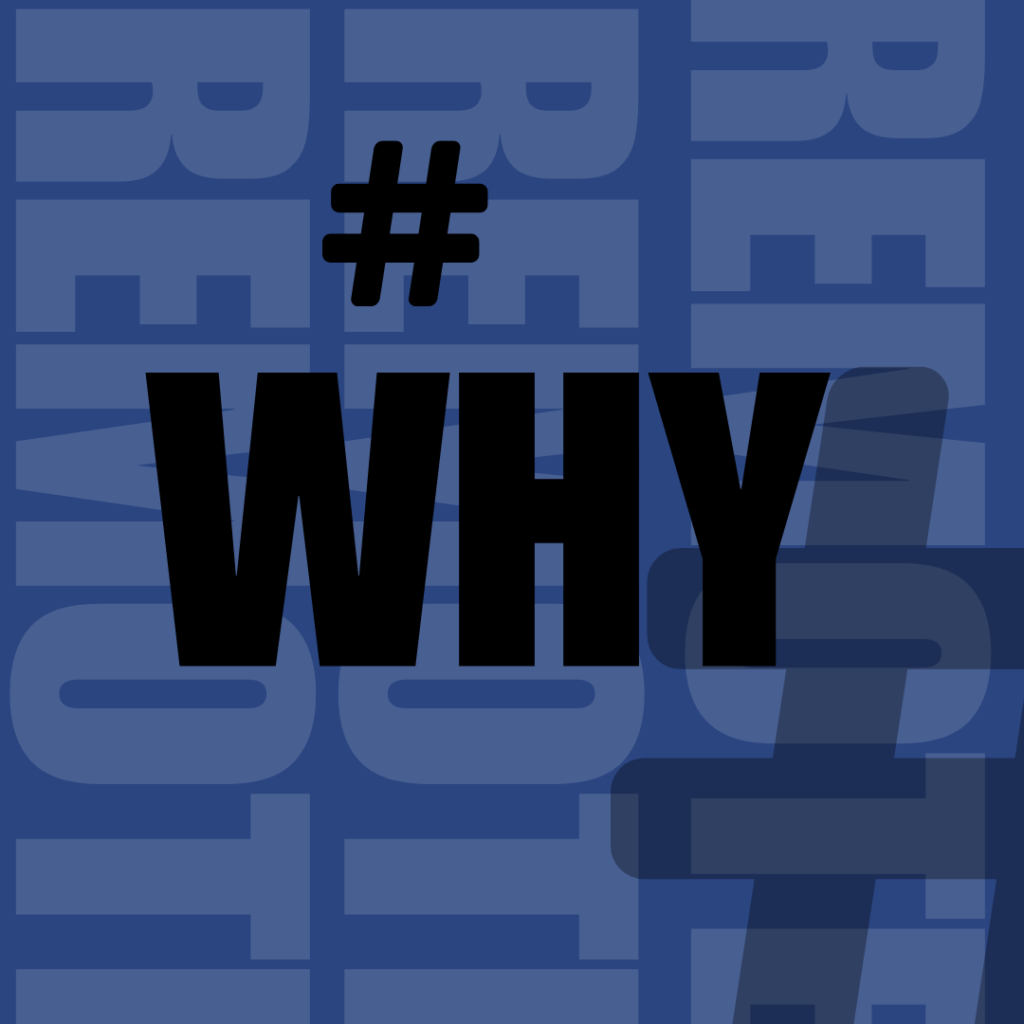
Why Soft Skills Define Modern Recruiting
Recruiting in 2025 blends predictive analytics with human nuance, yet the deciding factor in a competitive talent market is still interpersonal excellence. Automation can source a million résumés, but algorithms cannot read hesitation in a candidate’s voice or interpret a hiring manager’s unstated priorities. Five soft skills—empathy, active listening, data storytelling, resilience and consultative communication—convert technology’s raw output into decisive hiring wins. Mastering them lets recruiters move from transactional résumé brokers to strategic partners who drive company growth and candidate satisfaction.
Understanding the Five Essential Soft Skills
Empathy tops the list because it builds instant trust among candidates, managers and cross-functional stakeholders. A recruiter who notices a pause before a relocation question grasps that family constraints, not salary, may hinder acceptance. That insight prompts flexible work arrangements instead of higher-cost sign-on bonuses. Active listening follows close behind, transforming interviews and intake meetings into meaningful dialogues. When recruiters echo key phrases, clarify assumptions and allow strategic silence, they surface deeper motivations and cultural signals often absent from job descriptions.
Data storytelling turns raw metrics into compelling narratives a finance director or CTO can endorse. A recruiter who frames a pipeline report as a story—market scarcity, intervention through targeted sourcing, measurable uplift—wins headcount commitment even during hiring freezes. Resilience, the fourth skill, sustains momentum when candidates ghost, budgets shift or leadership priorities change overnight. Recruiters who rebound quickly and iterate their tactics maintain candidate pipelines while peers stall. Consultative communication rounds out the group, positioning recruiters as advisors who challenge unrealistic timelines and guide negotiations with market evidence rather than gut feeling.
Embedding Soft Skills into Daily Workflow
Developing these competencies is less about attending workshops than about intentional practice within routine tasks. Every requisition should begin with a discovery call that privileges open-ended questions and reflective summaries. That structure places empathy and active listening at the heart of the process and produces nuanced role profiles saved in the applicant-tracking system alongside technical requirements. Daily stand-ups or weekly retrospectives provide ideal laboratories for resilience, allowing recruiters to share setbacks, brainstorm solutions and re-enter markets with renewed energy.
Data storytelling can become second nature by turning every metrics dashboard into a three-part narrative: challenge, intervention, outcome. When presenting an update, a recruiter might explain how passive outreach increased female engineering applications by thirty percent after a brand awareness campaign. This framing links action to impact, solidifying credibility with executive sponsors. Consultative communication grows through continuous labour-market research paired with structured negotiation rehearsals. Role-playing compensation discussions reveals phrases that create alignment and uncovers objections before they reach candidates.
Feedback loops are the engine that converts soft skills into measurable improvement. Post-hire surveys reveal whether empathy in the recruiting stage translated to stronger onboarding experiences. Stakeholder alignment scores gauge how well data storytelling drove consensus. Exit interviews inform how consultative guidance affected long-term retention. Integrating these signals into quarterly reviews makes soft skills visible, reinforcing their value and encouraging further refinement.
The Business Impact of Soft-Skilled Recruiting
Empathetic and consultative recruiters reduce average time-to-fill because they anticipate objections and craft solutions before bottlenecks form. Active listening cuts interview fatigue by filtering out poorly matched candidates early. Effective data storytelling unlocks budget for specialized assessments and sourcing tools, which elevates candidate quality without ballooning cost per hire. Resilience maintains brand reputation even when requisition priorities pivot mid-process, ensuring prospects feel respected and are willing to re-enter pipelines later.
Companies that measure these effects find clear financial returns. A recent LinkedIn Talent report linked high recruiter empathy scores with a twenty-two percent increase in candidate Net Promoter Score, which directly correlates with referral volume and lower sourcing spend. Gartner data shows that recruiters skilled in data storytelling secure resource approvals thirty percent faster, accelerating program rollouts and time-to-productivity for mission-critical roles. Organizational psychologists note that resilience training reduces recruiter burnout and turnover by up to thirty-five percent, protecting institutional knowledge and keeping hiring velocity stable.
The synergy of these five skills is transformative. Empathy sparks open dialogue; active listening captures detail; data storytelling secures buy-in; resilience keeps projects on track; consultative communication aligns expectations. Together they produce hiring outcomes that beat market averages on both speed and quality while elevating candidate and stakeholder experiences. AI will continue to automate sourcing and initial screening, but the recruiter who excels at these uniquely human capabilities will remain irreplaceable.

